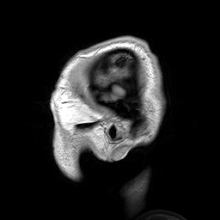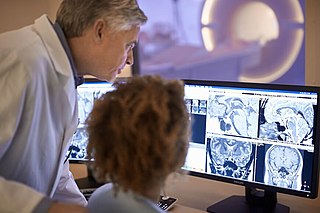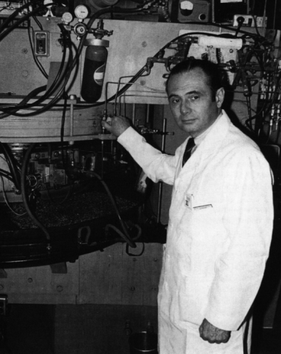Areas of specialty
The International Organization for Medical Physics (IOMP) recognizes main areas of medical physics employment and focus. [17] [18]
Medical imaging physics

Medical imaging physics is also known as diagnostic and interventional radiology physics. Clinical (both "in-house" and "consulting") physicists [19] typically deal with areas of testing, optimization, and quality assurance of diagnostic radiology physics areas such as radiographic X-rays, fluoroscopy, mammography, angiography, and computed tomography, as well as non-ionizing radiation modalities such as ultrasound, and MRI. They may also be engaged with radiation protection issues such as dosimetry (for staff and patients). In addition, many imaging physicists are often also involved with nuclear medicine systems, including single photon emission computed tomography (SPECT) and positron emission tomography (PET). Sometimes, imaging physicists may be engaged in clinical areas, but for research and teaching purposes, [20] such as quantifying intravascular ultrasound as a possible method of imaging a particular vascular object.
Radiation therapeutic physics
Radiation therapeutic physics is also known as radiotherapy physics or radiation oncologist physics. The majority of medical physicists currently working in the US, Canada, and some western countries are of this group. A radiation therapy physicist typically deals with linear accelerator (Linac) systems and kilovoltage x-ray treatment units on a daily basis, as well as other modalities such as TomoTherapy, gamma knife, Cyberknife, proton therapy, and brachytherapy. [21] [22] [23] The academic and research side of therapeutic physics may encompass fields such as boron neutron capture therapy, sealed source radiotherapy, terahertz radiation, high-intensity focused ultrasound (including lithotripsy), optical radiation lasers, ultraviolet etc. including photodynamic therapy, as well as nuclear medicine including unsealed source radiotherapy, and photomedicine, which is the use of light to treat and diagnose disease.
Nuclear medicine physics
Nuclear medicine is a branch of medicine that uses radiation to provide information about the functioning of a person's specific organs or to treat disease. The thyroid, bones, heart, liver and many other organs can be easily imaged, and disorders in their function revealed. In some cases radiation sources can be used to treat diseased organs, or tumours. Five Nobel laureates have been intimately involved with the use of radioactive tracers in medicine. Over 10,000 hospitals worldwide use radioisotopes in medicine, and about 90% of the procedures are for diagnosis. The most common radioisotope used in diagnosis is technetium-99m, with some 30 million procedures per year, accounting for 80% of all nuclear medicine procedures worldwide. [24]
Health physics
Health physics is also known as radiation safety or radiation protection. Health physics is the applied physics of radiation protection for health and health care purposes. It is the science concerned with the recognition, evaluation, and control of health hazards to permit the safe use and application of ionizing radiation. Health physics professionals promote excellence in the science and practice of radiation protection and safety.
Non-ionizing Medical Radiation Physics
Some aspects of non-ionising radiation physics may be considered under radiation protection or diagnostic imaging physics. Imaging modalities include MRI, optical imaging and ultrasound. Safety considerations include these areas and lasers
Physiological measurement
Physiological measurements have also been used to monitor and measure various physiological parameters. Many physiological measurement techniques are non-invasive and can be used in conjunction with, or as an alternative to, other invasive methods. Measurement methods include electrocardiography Many of these areas may be covered by other specialities, for example medical engineering or vascular science. [25]
Healthcare informatics and computational physics
Other closely related fields to medical physics include fields which deal with medical data, information technology and computer science for medicine.
- Information and communication in medicine
- Medical informatics
- Image processing, display and visualization
- Computer-aided diagnosis
- Picture archiving and communication systems (PACS)
- Standards: DICOM, ISO, IHE
- Hospital information systems
- e-Health
- Telemedicine
- Digital operating room
- Workflow, patient-specific modeling
- Medicine on the Internet of Things [ citation needed ]
- Distant monitoring and telehomecare
Areas of research and academic development

Non-clinical physicists may or may not focus on the above areas from an academic and research point of view, but their scope of specialization may also encompass lasers and ultraviolet systems (such as photodynamic therapy), fMRI and other methods for functional imaging as well as molecular imaging, electrical impedance tomography, diffuse optical imaging, optical coherence tomography, and dual energy X-ray absorptiometry.







